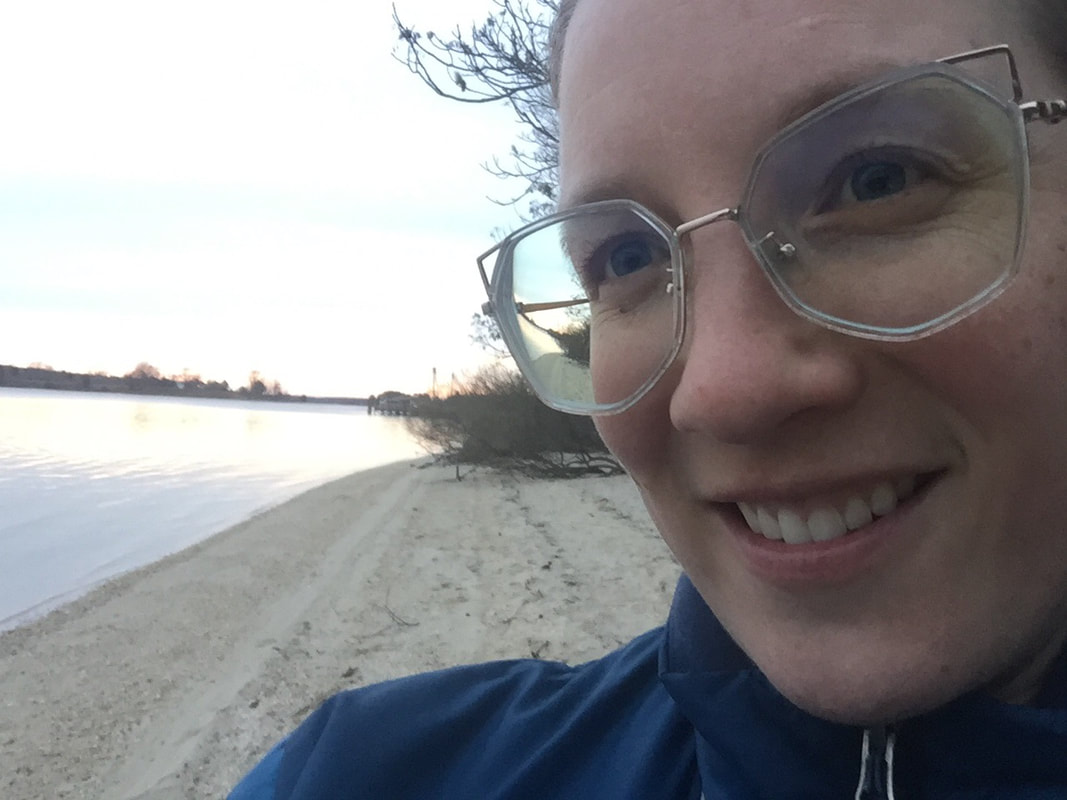I think of ecohydrology as the physical or hydrologic features, conditions and processes that causally influence local ecological structure. This definition is complemented by a somewhat less-used term, hydroecology, which describes the reverse effect—that is, when ecological features are the cause of a locally specific hydrologic regime. A good example of an ecohydrologic feature is a seasonally high water table in a location where the temperature and terrain create the right conditions for forested ephemeral pools to exist in early spring, thereby creating breeding habitat for salamanders. Conversely, a hydroecological feature might be a cloud forest in which transpiration from the forest (but not precipitation) is driving humid, foggy conditions.
What are your undergraduate and graduate degrees in?
I completed a B.S. in Environmental Science and Chemistry at Juniata College, a small liberal arts school in central Pennsylvania. The college’s domestic field courses, study abroad program, and field station on Raystown Lake offered formative field experiences in my environmental science education. At the time, the Juniata chemistry department taught an organic-first curriculum for all STEM majors – Dave Reingold and Richard Hark made the material so interesting that I added chemistry to my environmental science major.
Later I completed a master’s in the Food, Agricultural Biological and Ecological Engineering department at Ohio State University. At OSU I completed coursework with three excellent ecological engineers, Jay Martin, Andrew Ward and Bill Mitsch. Andy Ward’s Environmental Hydrology textbook is one I have used regularly since undergrad and still reference. My master’s thesis looked at nutrient retention in suburban rain gardens, which had been retrofitted into a local neighborhood.
I am now completing my dissertation at Syracuse University in Civil and Environmental Engineering, advised by a biogeochemist, Charles Driscoll, and a hydrologist, David Chandler. My dissertation work examines how engineering design affects green infrastructure performance in the urban environment.
How did you arrive at working in/thinking about ecohydrology?
Like 350,000 other Colorado public school children, I attended Outdoor Lab for a week to learn about environmental science in the Rocky Mountains as a sixth grader. Seven years later, I took a gap year between high school and college and returned to Outdoor Lab as an intern. One of my intern responsibilities included teaching a three-hour trail course that introduced 6th graders to very basic ecology and hydrology principles. The course included hiking to north and south-facing sites in the same valley and having the students take field observations of relative humidity and temperature using a sling psychrometer. Teaching this course repeatedly throughout the water year provided a chance for me to observe firsthand how physical conditions, such as aspect, moisture and temperature could affect soil formation, freezing, snow cover, species density and biodiversity.
What do you see as an important emerging area of ecohydrology?
I am dedicated to the idea that ecological engineering is an important emerging area of ecohydrology, since it relies upon the transfer of ecohydrologic discovery into applied engineering problems. The ecohydrologic processes we observe in natural systems are fascinating, but the field of traditional civil engineering is long overdue for an upgrade that includes understanding of how structures influence hydrology and ecology in the built environment.
Do you have a favorite ecohydrology paper? Describe/explain.
I’d like to suggest a favorite book – Soil Physics with Python: Transport in the Soil-Plant-Atmosphere System by Marco Bitelli, Gaylon Campbell and Fausto Tomei. I have been slowly working through the exercises in this book and found it a great way to learn Python. I was so excited to see the second edition published this year that I requested it as a birthday gift.
What do you do for fun (apart from ecohydrology)?
To reduce stress in the coronavirus era, I’ve been savoring time with my family, sprouting seeds for my garden, making pavlova, and playing Zoom trivia with my colleagues every Thursday.

 RSS Feed
RSS Feed